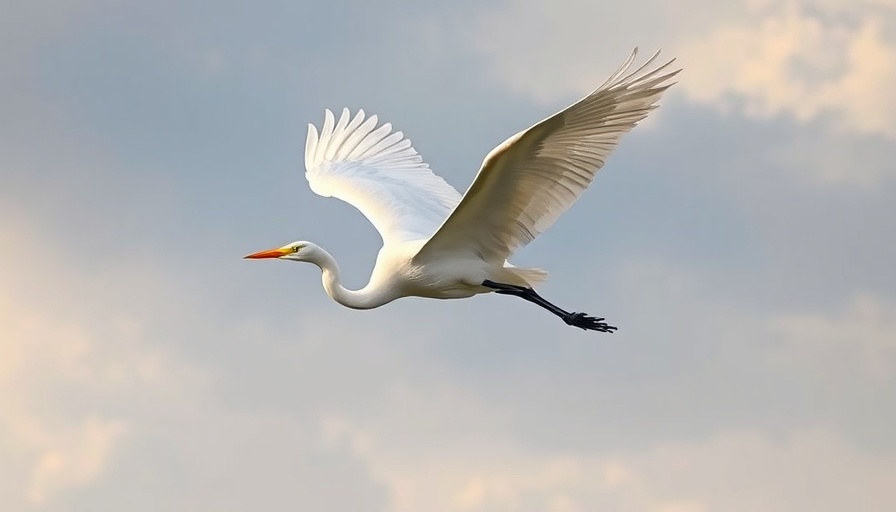
The Paradox of the Great Egret: Beauty Meets Power
Standing tall at over three feet, the Great Egret showcases elegance with its striking white feathers and long, slender neck. However, as captivating as they appear, these magnificent birds embody a lethal side seldom acknowledged. Found in wetlands across the globe, they are masterful predators, capable of taking down fish, amphibians, and small mammals with precision and speed. Watching them stand immobile in the shallows, poised as if contemplating their next move, reveals a predator perfected by nature.
A History of Conservation: From Plume to Protection
The Great Egret’s journey isn’t merely one of adaptability but also one of redemption. In the late 1800s, they were hunted nearly to extinction for their exquisite plumage, particularly the aigrettes—delicate feathers that adorned the hats of the fashion elite. In a staggering example of the devastating impacts of fashion on wildlife, thousands of egrets lost their lives, along with their nestlings left starving in their vacant rookeries. This dark chapter in avian history sparked the rise of the conservation movement, leading to landmark legislation such as the Lacey Act of 1900 and the Migratory Bird Treaty Act of 1918 that brought the slaughter to an end.
Thriving Against the Odds: A Remarkable Recovery
Thanks to conservation efforts, Great Egrets have made a remarkable recovery and can now be seen thriving in urban wetlands alongside other wildlife. As a testament to their resilience, the population has rebounded, showcasing a successful narrative of environmental awareness and activism that many bird species can learn from. The Great Egret serves not only as a splendid representative of the natural world but also as an inspiring reminder of how collective action can lead to positive change.
Lessons from the Egret: Importance of Protection
Every encounter with a Great Egret is a reminder of the delicate interplay between beauty and brutality in nature, and the critical steps we must take to protect these incredible creatures. Today, their presence serves as a call to action for wildlife preservation and for ongoing efforts to safeguard their habitats. In doing so, we not only ensure their survival but also boost biodiversity and ecosystem health for future generations.
 Add Row
Add Row  Add
Add 




 Add Row
Add Row  Add
Add 

Write A Comment